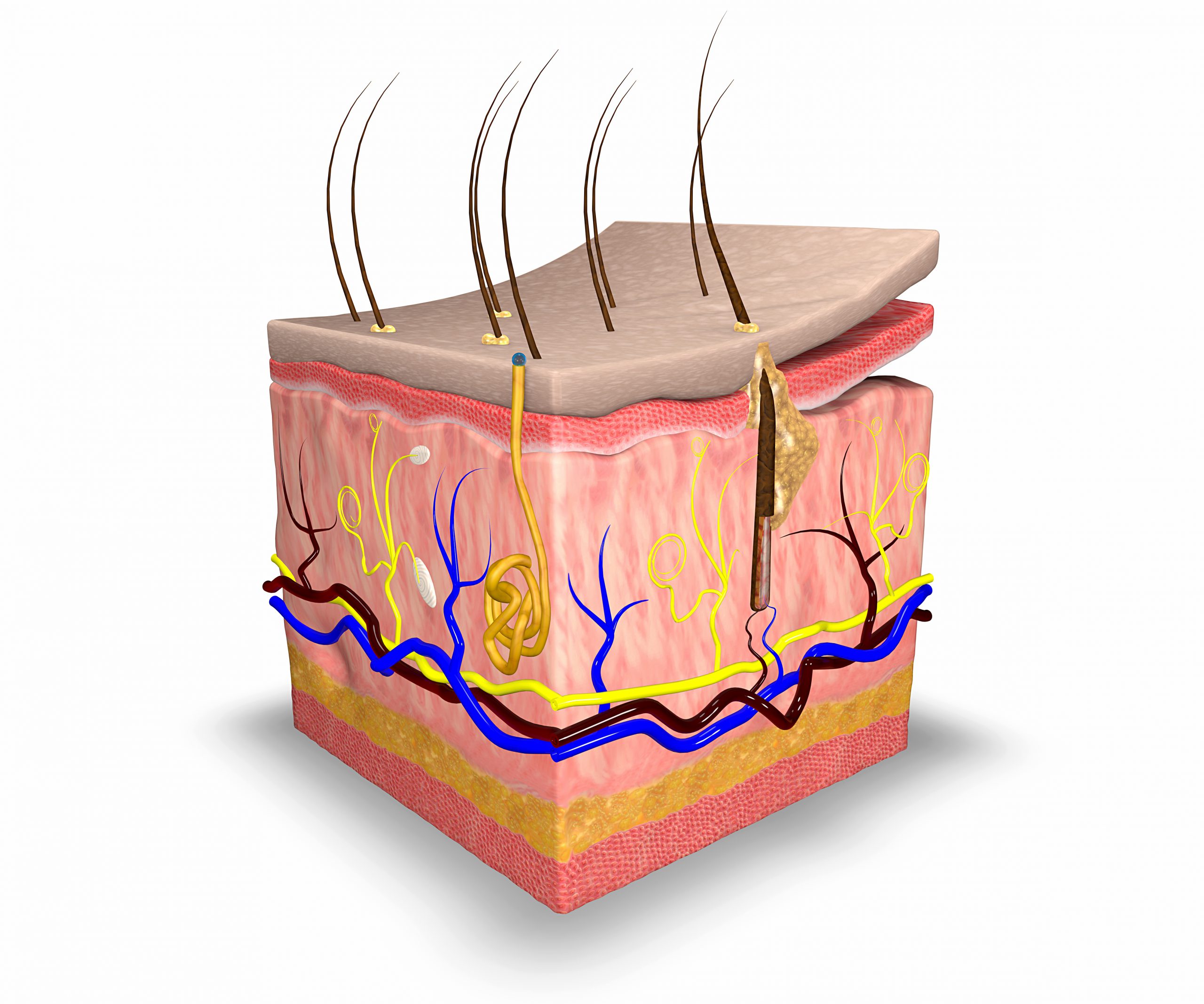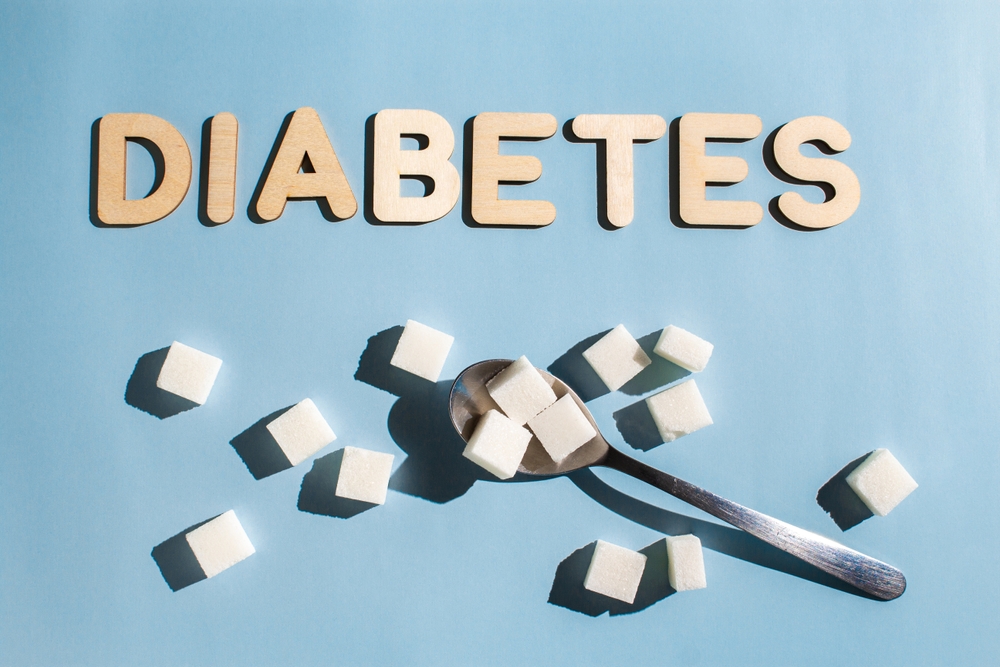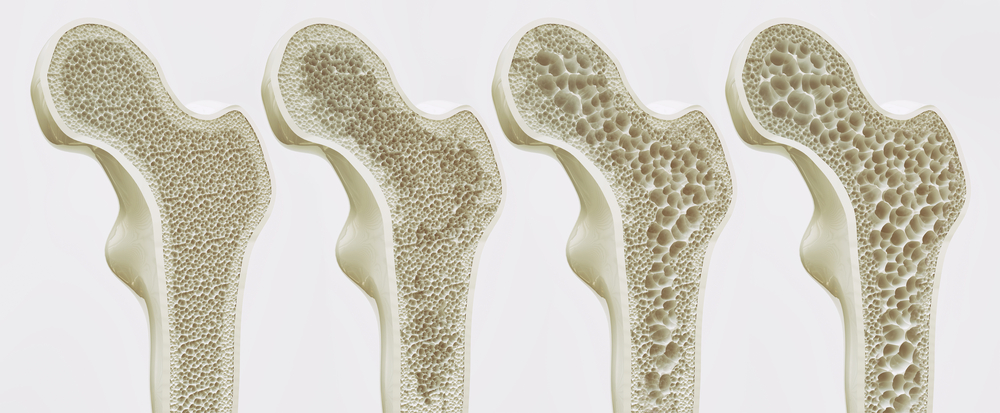This is the fourth blog in a new series that introduces the major systems in the human body. In this blog, we’ll cover the integumentary system.
The integumentary system consists of skin, nails, hair, and glands (organs that secrete things). It serves as the first line of defence against invading pathogens (toxins).
Skin is the largest organ of the body. It makes up 15–20% of total body mass and consists of 3 layers: epidermis (outer layer), dermis (middle layer), and hypodermis (inner layer). Skin has numerous functions including acting as a barrier, ensuring temperature homeostasis (balance), and producing vitamin D.
Nails protect fingertips and surrounding soft tissues from injury. The translucent part of the nail is the lunula, which is where keratin forms.
Keratin, which is a fibrous protein that provides structure, makes up hair. You can find hair nearly everywhere on the body except the palms of the hands, soles of the feet, lips, and some reproductive organs.
Sebaceous (oily) glands, eccrine sweat glands, and apocrine sweat glands make up the glands of the integumentary system. Sebaceous glands release sebum, a lipid-rich substance, that keeps skin and hair oily. Eccrine sweat glands produce sweat that is similar to dilute urine. Apocrine sweat glands associate with hair in the armpits and groin.
The Boom Health app allows you to manage your loved one’s home care in one app and takes the stress out of organizing care. Download the app on the App Store or Google Play Store.
This article is not intended to be a substitute for professional medical advice or diagnosis. Always seek the advice of your physician or another qualified health provider with any questions you may have regarding a medical condition.





